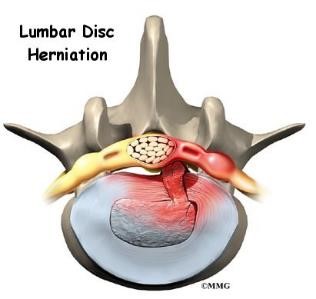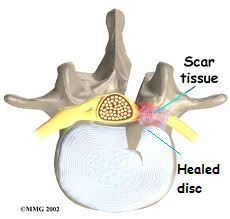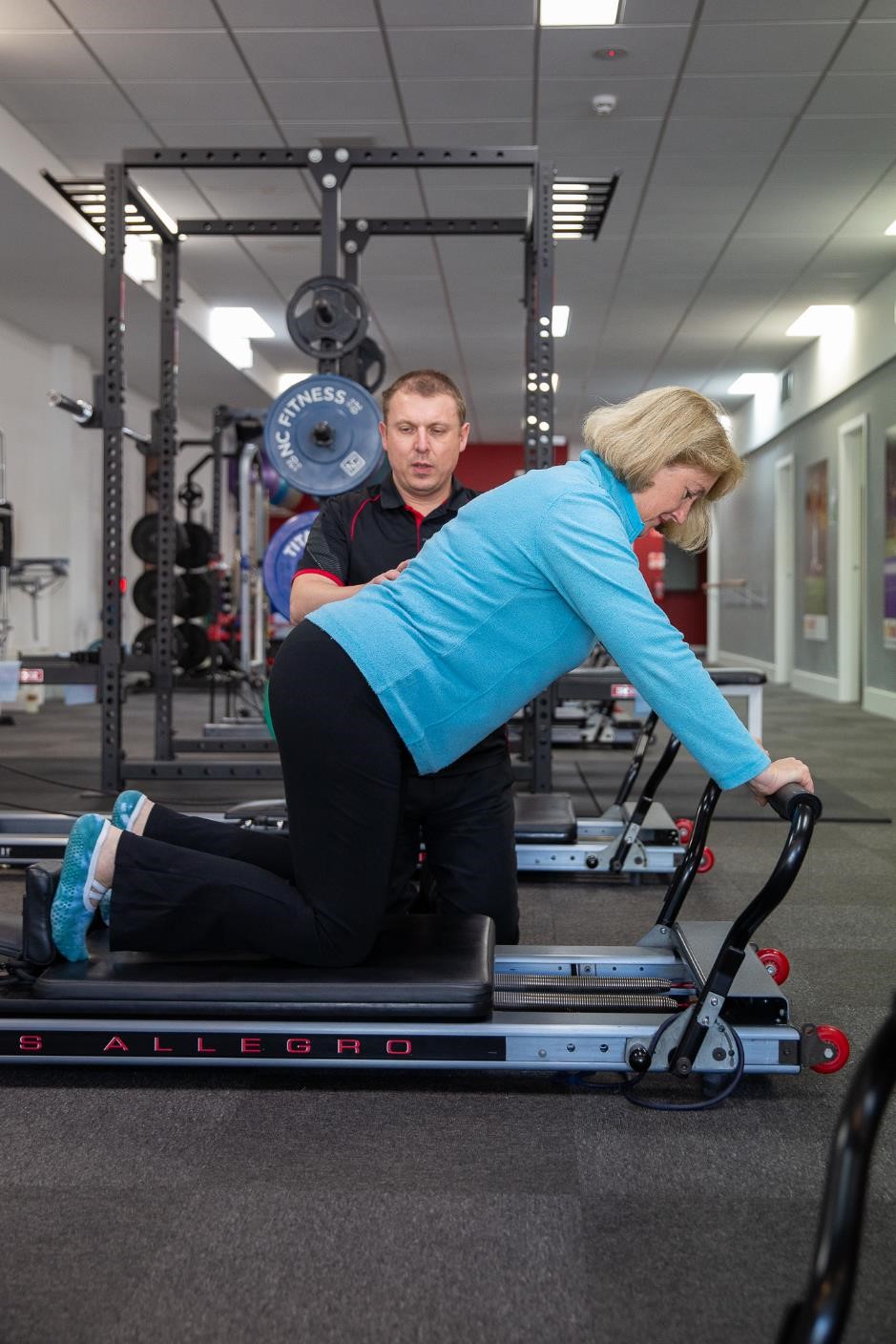Lumbar Radicular Referred Pain (Dural tightness) - Fact Sheet
What is Lumbar Radicular Referred Pain (Dural tightness)?
Following an initial acute Lumbar disc bulge or prolapse, the body begins to heal itself. Despite any bulging fluid of the disc potentially being absorbed back into the disc (to normal), the initial injury to the disc (and the healing processes involved) can affect the nervous tissue of the area. Scar tissue can form around the nerve root near the initial injury. This can result in sensitivity and altered mechanics of the nerve’s dura – which is a sheath surrounding the nerves that travel from your spine down through your posterior thigh to your foot, all the way to the toes.This is often described as hamstring tightness, and often misinterpreted as mild sciatica.


What can you do to improve your Dural tightness?
Graded mobility/stretching exercises specifically targeting the dura can help break down any scar tissue formation and improve symptoms and mobility. We call this flossing, using ‘slider’ or ‘tensioner’ techniques – these exercises are individualised to work with your symptoms and irritability.
These exercises work best when combined with exercises that strengthen the lumbar spine muscles, the gluteals, hamstring and calf muscles.



